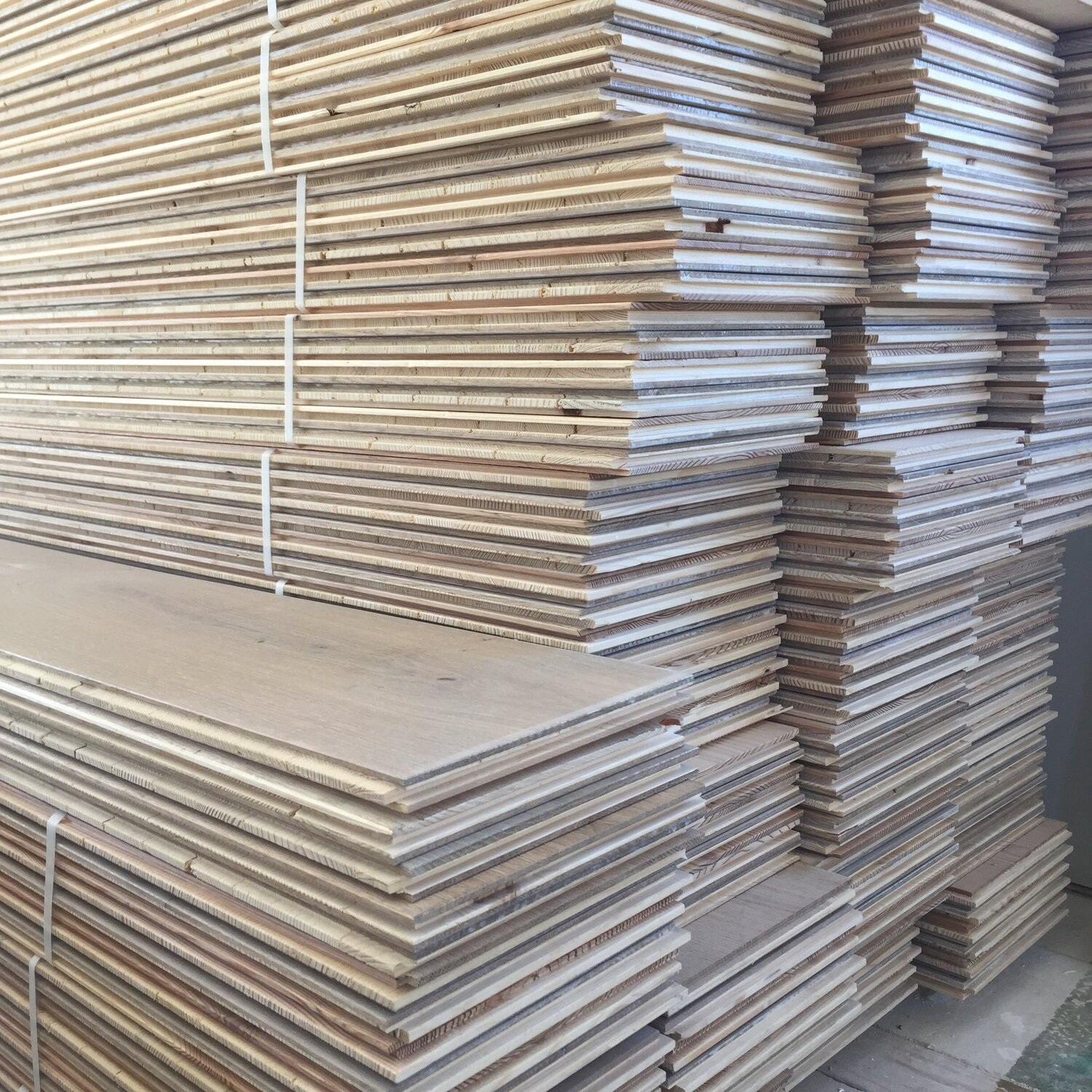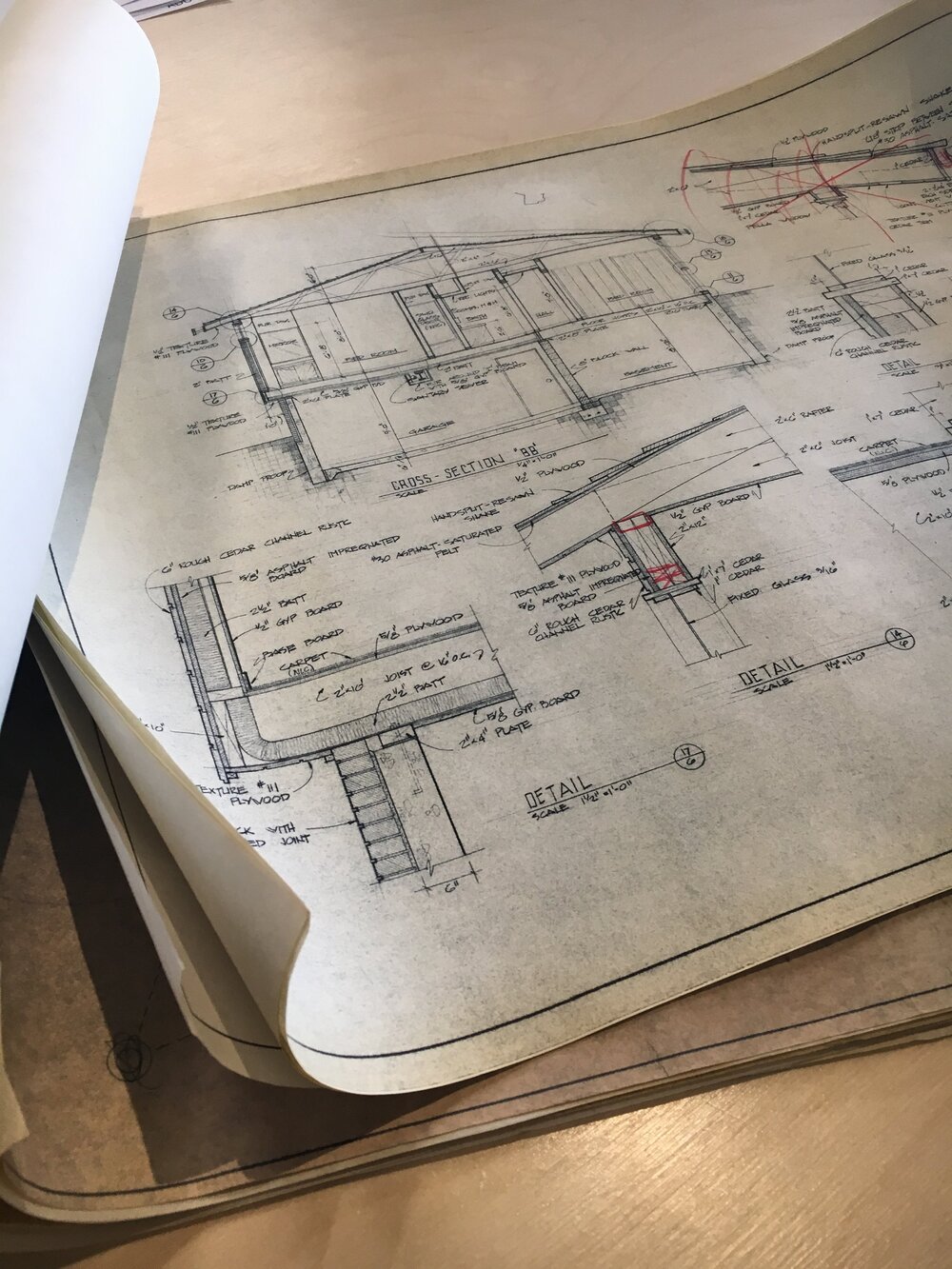Apples to Architects Part One: Understanding Fees in Residential Architecture
If you’re looking to build a custom home and in the market for a residential architect, you’re likely browsing websites, scheduling interviews and comparing fees. The problem being:
Fees are rarely an apples to apples comparison. Each firm has its own pricing structure, service offerings and areas of expertise (in addition to personality, design vernacular and level of experience).
Architectural fees typically aren’t fixed, especially on the front end of a project.
In this blog, we’ll break down the basics on hard costs vs. soft costs and common fee structures so you know what you’re looking at when comparing proposals. We’ll also provide questions to ask, points to consider and variables to weigh when finding the right architect for your residential project.
HARD COSTS vs. SOFT COSTS
For the purpose of understanding fees, it’s important to know how costs are classified, and how that relates to your overall budget.
The costs associated with building or remodeling a home can be classified as either hard costs or soft costs. Loosely speaking, hard costs include any costs directly related to construction, whereas soft costs cover everything else.
Hard Costs: materials, construction labor, foundation, landscape, utilities
Soft Costs: architecture and engineering fees, legal fees, insurance, permitting, surveying, certifications
On the front end of a project, soft costs are often estimated as a percentage of total hard costs, but the percentage varies depending on location, scope, level of service, quality of construction and a host of other factors.
Once you know your all-in budget for a given project, the next step is to figure out how that budget will be allocated or, more specifically, what level of service you prefer. Are you seeking a highly-experienced full-service firm? Or, are you gearing up for a DIY project with limited architectural services? Soft costs will vary accordingly but know that an experienced architect can accurately anticipate costs, and work with you to optimize scope, complexity and level of detailing relative to your overall budget.
COMMON FEE STRUCTURES
There are three primary fee structures used in architecture.
The first is a fixed-fee with a stipulated scope of work and is largely reserved for commercial architecture or spec residential projects where budget is king and project scope is clearly defined. If you encounter a residential architect who operates on a fixed-fee structure, make sure you have a clear understanding of what IS vs. what IS NOT included in the “stipulated scope of work” before moving forward.
The second is hourly with a calculated not-to-exceed limit. This is far more common in custom residential architecture as it allows for flexibility in project scope while protecting both client and architect from variable costs. Generally, the not-to-exceed limit or cap is calculated as a percentage of total construction costs. So, if you think you want a two-bedroom house and then bump that up to three, it’s an easy change to navigate within the given fee structure.
The third is more of a hybrid than a standalone fee structure. In this case, a firm might charge a flat fee for select à la carte services or design benchmarks—interior design or feasibility and schematic design—while using an hourly rate with a calculated not-to-exceed limit for everything else.
By knowing the common fee structures used in architecture, you can quickly identify which option is at play before digging into the fine print. Seek out architects who are transparent about their fee structure and willing to clarify the terms. While a fixed-fee may seem like the low-risk option, what’s included in the stipulated scope of work? Does it allow for unknowns? If not, how will those be handled?
FOR EXAMPLE:
If you know your all-in budget is $750K and interview an architect with a 12% fixed-fee structure, your proposal might estimate soft costs at 15% of your budget, leaving 85% or $637.5K for hard costs. The fixed fee would then be calculated as a percentage of total hard costs, or 12% of $637.5K, translating to $76.5K in fees with a very stipulated scope of work.
If you don’t know your budget, are still figuring out the specific scope of work and meet with an architect who relies on a hybrid fee structure, the proposal might employ an hourly rate through schematic design, at which point the budget and project scope would be well defined. The architect could then move to either a fixed fee structure or hourly with a calculated not-to-exceed limit—both based on the hard cost estimate provided by the general contractor—for the remainder of the project.
THE bldg.collective BREAKDOWN
Hard Costs vs. Soft Costs
We are a full-service firm, and oversee the project from initial ideas through construction. Having worked in Boulder for 20+ years, we have a clear understanding of regulatory elements, and can accurately forecast both hard costs and soft costs based on project site and scope.
Fee Structure
At bldg.collective, we typically take the hybrid approach and structure our proposals to account for unknowns. We operate on an hourly fee until project budget and scope are well defined. We then move into hourly with a calculated not-to-exceed limit (calculated as a percentage of hard construction costs) as details come into focus.
The percentage applied is based on the level of service required for the project. I.e., If it’s a highly detailed project that includes interior and exterior design services, sits on a complicated site and requires additional regulatory hoops to pass Boulder requirements, the percentage will be higher than if it’s a simple design on a flat site for which we’re not curating furniture and fixtures.
WANT TO DIG DEEPER?
While fees are often one of the key drivers in selecting an architect, they should be considered relative to other factors like budget, scope, and quality of service.
Click here for more information on setting a project budget (and sticking to it).
And here for Apples to Architects Part Two where we address the softer side of reviewing and comparing fees when selecting the right architect for your project.
To learn more about bldg.collective or to speak with our staff, call (303) 357-1364 or get in touch here.





